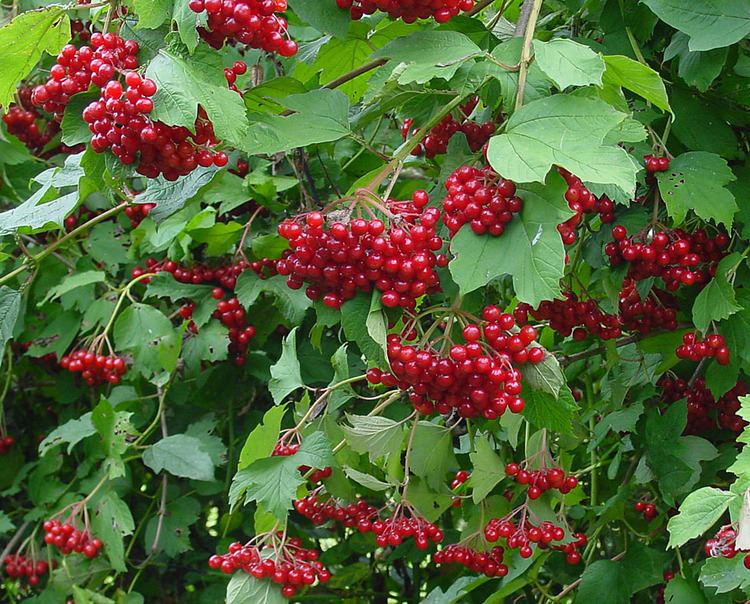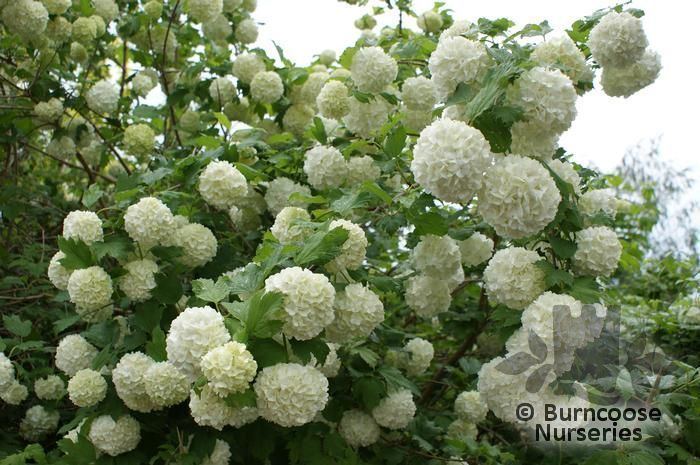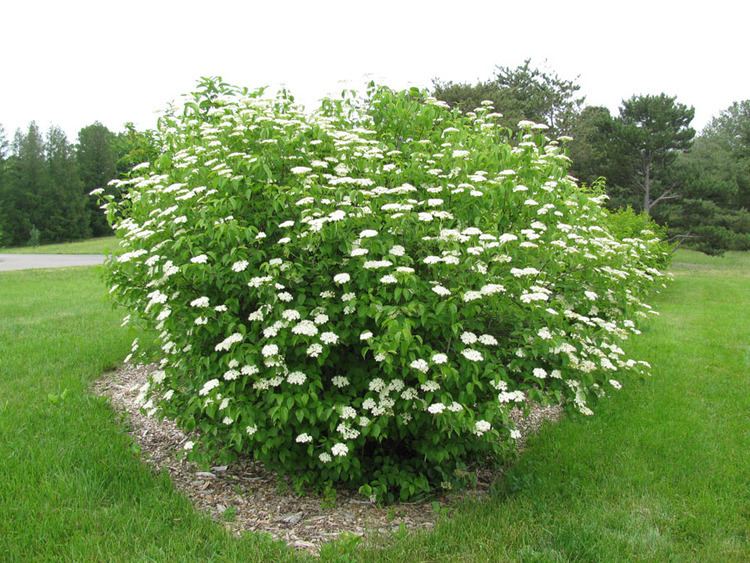Family Adoxaceae Higher classification Adoxaceae | Scientific name Viburnum Rank Genus | |
Lower classifications Guelder‑rose, Viburnum tinus, Viburnum plicatum, Viburnum lantana, Viburnum lentago | ||
Viburnum opulus roseum common snowball
Viburnum is a genus of about 150–175 species of shrubs or (in a few species) small trees in the moschatel family, Adoxaceae. Its current classification is based on molecular phylogeny. It was previously included in the family Caprifoliaceae.
Contents
- Viburnum opulus roseum common snowball
- Viburnum hedges tips on planting a hedge
- Species
- Formerly placed here
- Cultivation and uses
- Other uses
- References
The member species are native throughout the temperate Northern Hemisphere, with a few species extending into tropical montane regions in South America, Ukraine, Russia, and southeast Asia. In Africa, the genus is confined to the Atlas Mountains. In Ukraine, Viburnum opulus (kalyna) is seen as a national symbol, an emblem for both the Koliada festivities and the concept of young girl’s love and tenderness. It is the key element of the Ukrainian traditional wreath.
The generic name originated in Latin, where it referred to V. lantana.
The leaves are opposite, simple, and entire, toothed or lobed; cool temperate species are deciduous, while most of the warm temperate species are evergreen. Some species are densely hairy on the shoots and leaves, with star-shaped hairs.
The flowers are produced in corymbs 5–15 cm across, each flower white to cream or pink, small, 3–5 mm across, with five petals, strongly fragrant in some species. The gynoecium has three connate carpels with the nectary on top of the gynoecium. Some species also have a fringe of large, showy sterile flowers round the perimeter of the corymb to act as a pollinator target.

The fruit is a spherical, oval, or somewhat flattened drupe, red to purple, blue, or black, and containing a single seed; some are edible for humans, but many others are mildly poisonous. The leaves are eaten by the larvae of many Lepidoptera species.

Viburnum hedges tips on planting a hedge
Species
About 150 species are known, including:
Formerly placed here
Cultivation and uses

Many species of viburnum have become popular as garden or landscape plants because of their showy flowers and berries, fragrance, and good autumn colour of some forms. Some popular species, hybrids, and cultivars include:
Other uses
In prehistory, the long, straight shoots of some viburnums were used for arrow-shafts, as those found with Ötzi the Iceman.
The fruit of some species (e.g. V. lentago) are edible and can be eaten either raw or for making jam, while other species (e.g. V. opulus) are mildly toxic and can cause vomiting if eaten in quantity.
The bark of some species is used in herbal medicine, as an antispasmodic and to treat asthma.
